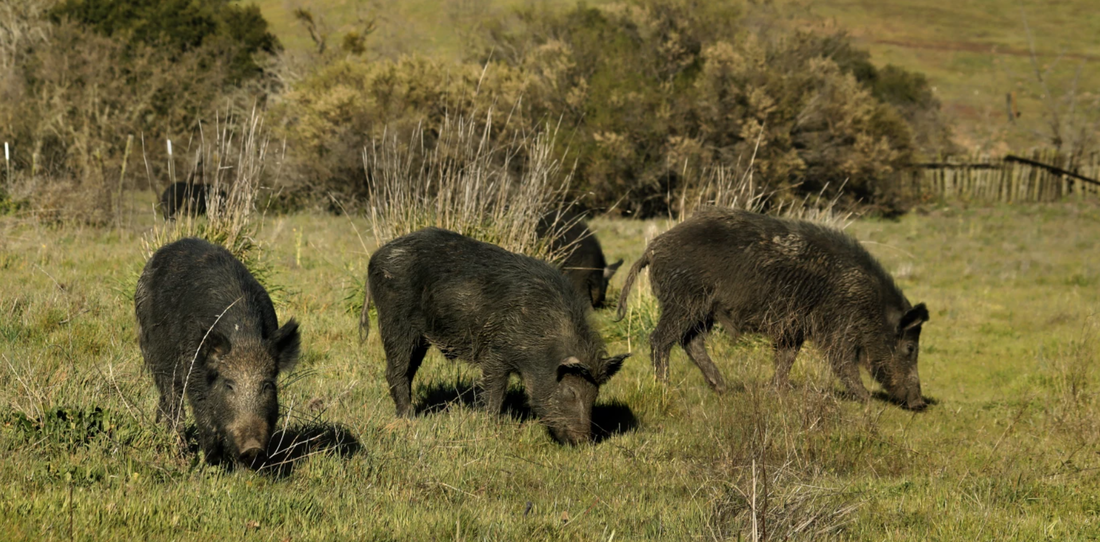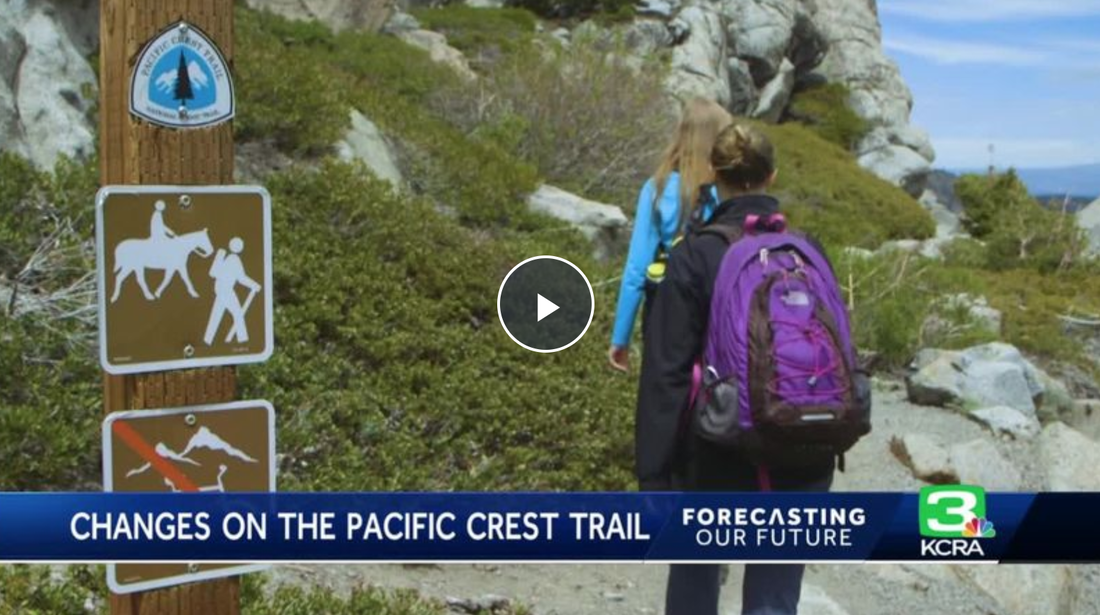(Map shows grazing area, from north of the Foresthill Road to just south of the Maidu-China Bar neighborhoods.
The Bureau of Reclamation is working with managing partner California Department of Parks and Recreation at Auburn State Recreation Area on a 474-acre goat grazing project. This project area was initially treated to establish an expanded shaded fuel break through a partnership with Placer County Resource Conservation District.
The project, implementing a portion of the Five-Year Fuels Management Plan for Auburn Project Lands, will graze goats this summer to decrease fuel (vegetation) loads on woodlands adjacent to the City of Auburn associated with the wildland-urban-interface (where homes meet the forest). Contracted goat herds will graze within temporary electric fencing along the 600-foot boundary away from the houses adjacent to the federal project land boundary.
Under the supervision of herding dogs and goat herders, one herd will start near the Maidu/China Bar Fire-Wise neighborhoods and another herd will start adjacent to the State Parks Headquarters and the boundary of those Fire-Wise neighborhoods.
Implementation of the project will maintain a 600-foot boundary along the wilderness urban interface area that has been previously treated by hand crews under a CAL FIRE grant managed by PCRCD. Goat grazing will help thin lower vegetation layers, reduce the potential for wildfire to move into the larger growths of shrubs and trees, and create space for firefighting equipment access. No significant changes in recreational trail or land use are expected to occur during the grazing.
Stakeholders providing input to help lessen the threat of potential wildfire include the City of Auburn Fire Department, CAL FIRE, Greater Auburn Area Fire Safe Council, and Placer County Fire Safe Alliance.www.usbr.gov/mp/nepa/nepa_project_details.php?Project_ID=51723
Learn more about this project at https://www.usbr.gov/mp/nepa/nepa_project_details.php?Project_ID=51723.
Source: USBR




 RSS Feed
RSS Feed